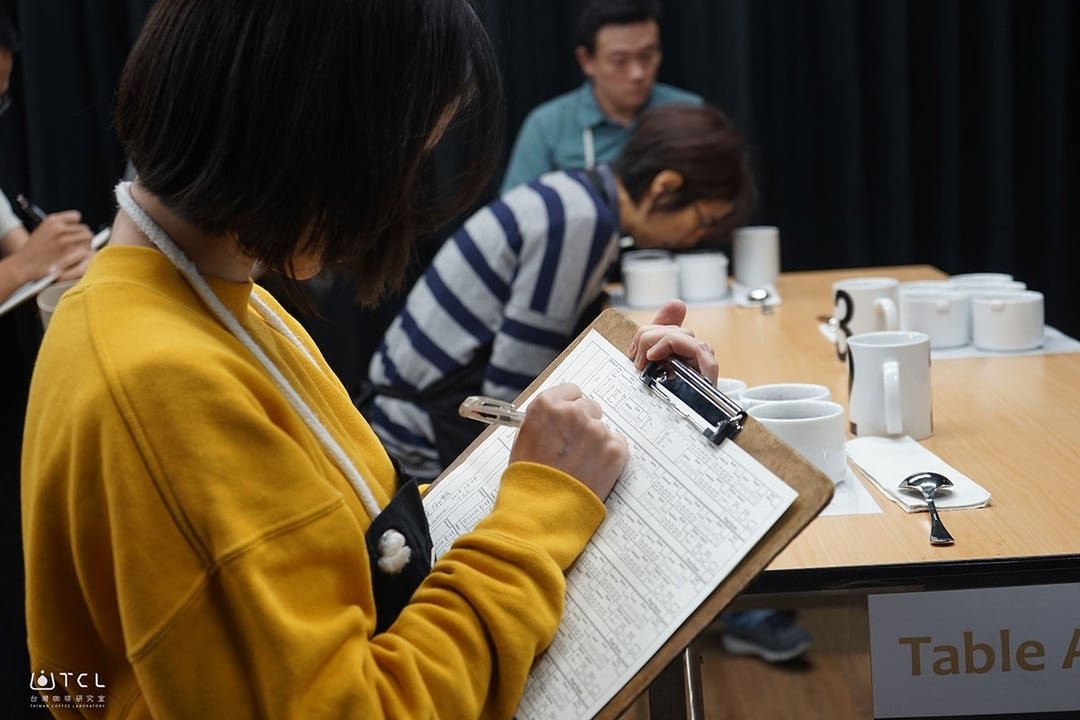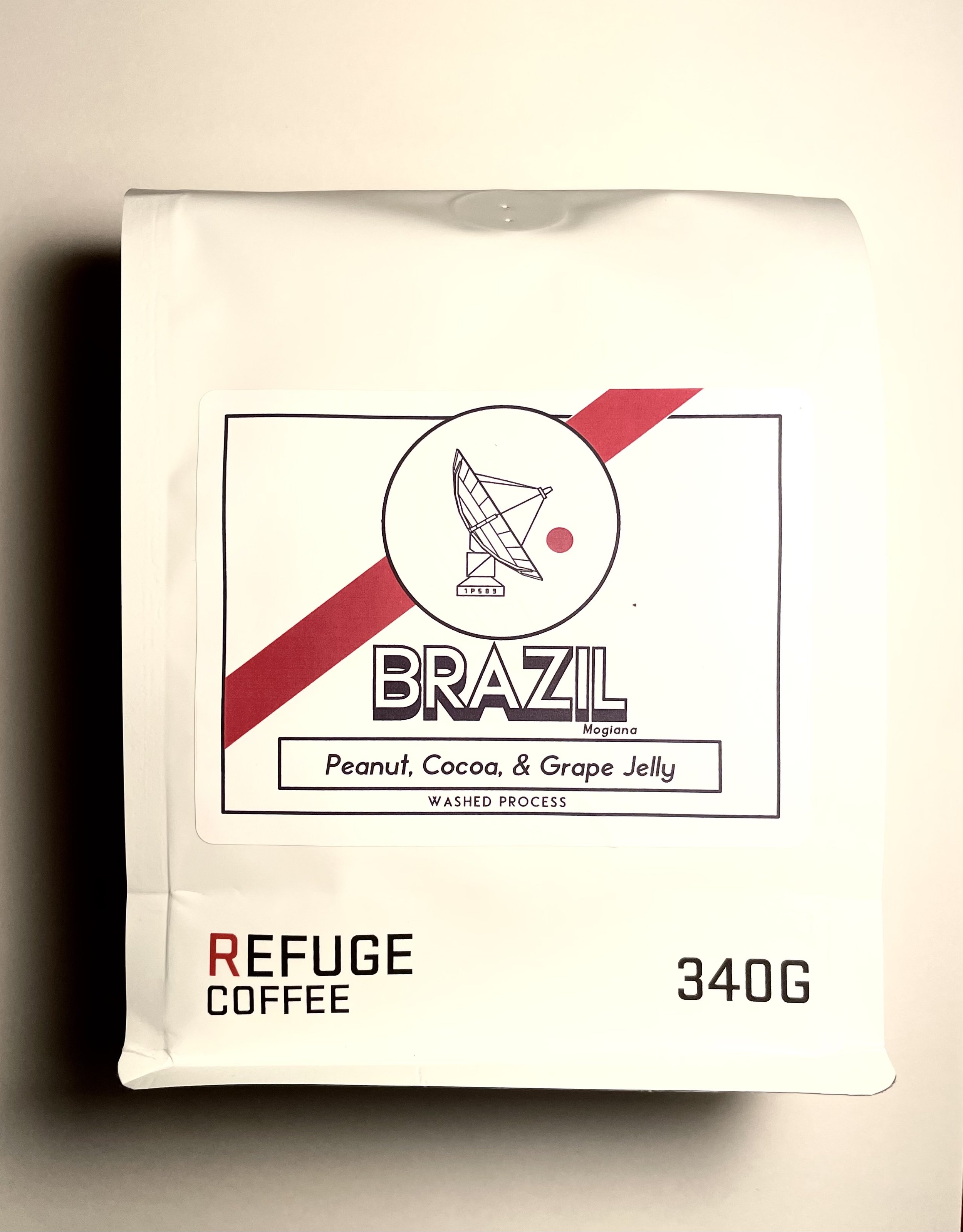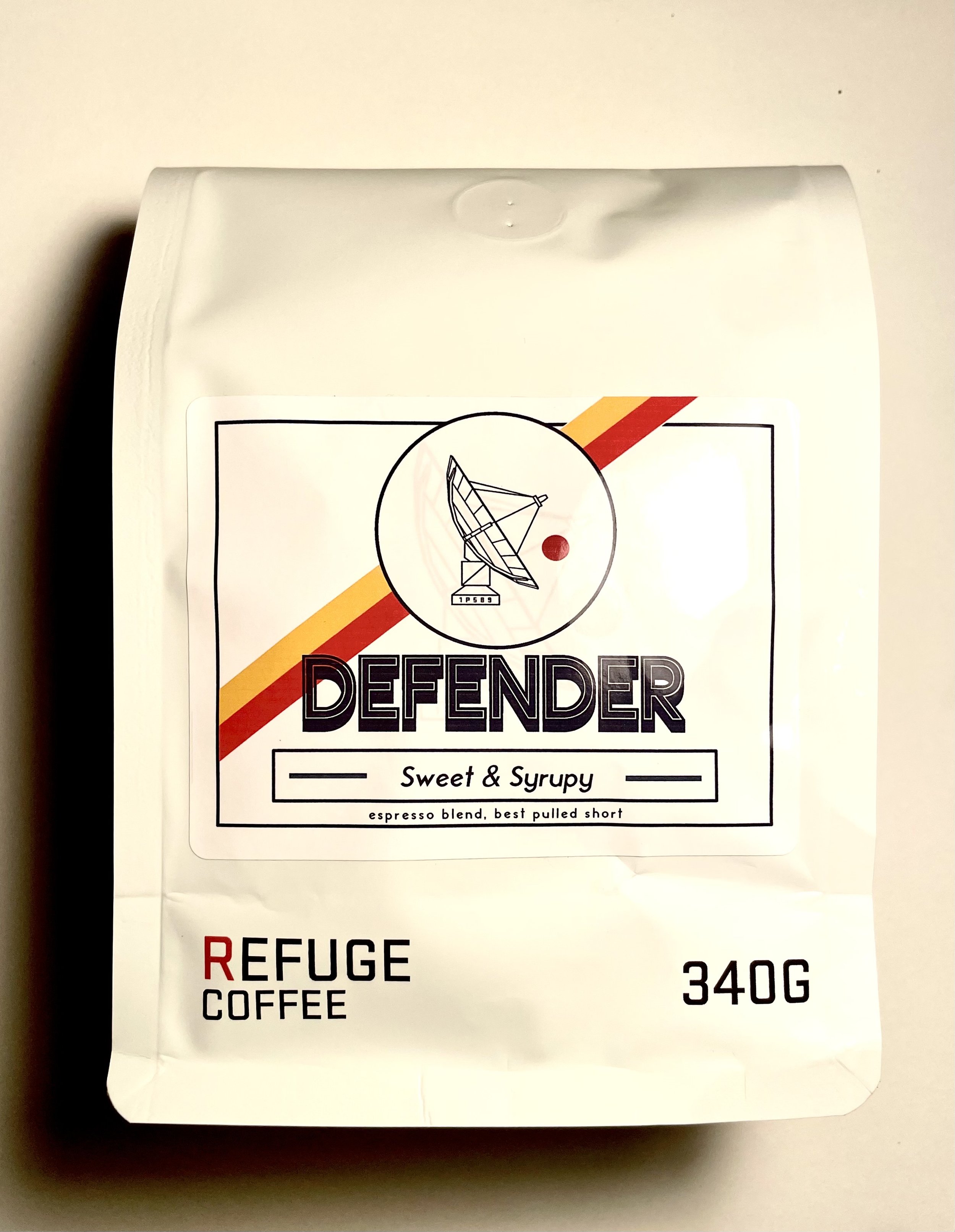What is Specialty Coffee?
What is Specialty Coffee?
Why is specialty coffee better? What makes it different from regular coffee?
Specialty coffee stands out because of the care and attention it receives. Each step of the process is important—from the farm to your cup. Each person involved, from the farmer to the barista, contributes to its quality and taste.
Definition of Specialty Coffee
Specialty coffee is coffee that scores 80 or higher on a 100-point scale. This scale is judged by certified tasters called Q Graders. It’s known for its high quality, ethical practices, and great flavor.
Unlike commodity coffee, specialty coffee aims to be better for people and the planet. Because of this reason, only 10% of coffee produced in the world reaches specialty grade.
In this article, we will take a deeper look into what makes specialty coffee better.
The Early Days of Specialty Coffee
In 1962, a group of coffee enthusiasts started the Specialty Coffee Association. These people did not know it, but they were setting the standard for the future. Specialty Coffee is a 101.6 Billion dollar worldwide industry today.
During an interview with Tea & Coffee Trade Journal, it happened. A Norwegian named Erna Knutsen was the first person to ever coin the term “Specialty Coffee”.
Erna Knutsen: The Mother of Specialty Coffee
Erna Knutsen has a story you only read in books or see in movies. She is the reason why we have Specialty Coffee today.
Erna Knutsen doing a Coffee Cupping
I cannot (and will not) leave her out of this article.
Paul Stack, President of the Specialty Coffee Association, says of her, “She is a lesson to all of us.”
In 1974, Erna Knutsen introduced the term "specialty coffee". She debuted it during an interview with the Tea & Coffee Trade Journal. For her, it described the premium coffee she sourced and sold. This set the foundation for a new movement in the coffee industry.
Erna played a key role in advancing specialty coffee. She supported the creation of a dedicated coffee organization to promote this approach.
What truly set her apart was her commitment to working with small coffee roasters. She saw their willingness to pay more for quality coffee beans and worked hard to meet their needs.
This helped bring specialty coffee into the spotlight and inspired others to join.
The Third Wave Coffee Movement
The term “third wave” was first introduced by Trish Rothgeb in 2002. She used it to describe the specialty coffee industry.
In simple terms, specialty coffee refers to the grade and quality of the coffee. Third wave describes the movement that gave rise to specialty coffee.
Methodical Coffee gives us a more sophisticated definition. “Where third wave refers to the movement of elevating coffee, its preparation, and its presentation, specialty coffee refers to the grade of the coffee beans themselves.”
To understand one, you must also understand the other.
Specialty Coffee vs Commercial Coffee
How is specialty coffee different from commodity or “commercial” coffee? Let’s break it down:
Grading
For coffee to qualify as specialty, it must be graded and score 80 points or higher. Commercial coffee doesn’t meet this standard. It’s traded as a commodity, with little regard for the quality or care farmers put into their work.
Farmer Impact
Specialty coffee is purchased from farmers, resulting in fair and ethical practices. Commercial coffee, however, is usually bought in bulk. There is little consideration for the farmers behind it. This system often pays farmers less than fair and unpredictable prices.
Flavor
Specialty coffee offers a rich and consistent flavor profile. This is due to meticulous handling and processing. Commercial coffee tends to taste flat or uneven because there is no quality control.
Roasting
Specialty coffee is roasted to highlight the unique flavors of each bean. Commercial coffee, however, is roasted fast to produce large quantities. This fast-paced roasting often results in over-roasted or burned beans.
What is Cupping Coffee
Cupping is the process of tasting and evaluating the flavor of coffee. It’s how experts, such as Q Graders, determine whether a coffee qualifies as “specialty.” For coffee roasters like us, cupping is an invaluable tool for testing new coffees. It also helps us make sure that our coffee meets our quality standards.
How Does Cupping Work?
Cupping is a straightforward, internationally recognized process. Here’s how it works:
Preparation: Ground coffee is placed in a cup.
Steeping: Hot water is poured over the grounds, allowing the coffee to steep, like loose-leaf tea.
Breaking the Crust: A crust forms on the surface, which tasters break to release the coffee’s aroma.
Tasting: Tasters slurp the coffee with a spoon. They evaluate flavor, acidity, and aftertaste. The results are then compared among cuppers to reach a final verdict.
This method is widely used across the globe. It stands as the most effective way to identify coffee that deserves the "specialty" label.
How Do I Know If I’m Buying Real, Specialty Coffee?
Choosing the right coffee beans can be tough, especially if you're just starting out. Here are a few tips to help you select specialty-grade coffee beans.
The easiest way to find quality coffee is to look for specific details. Check where the coffee was grown (or its origin), the roast date, and the tasting notes. These details are indicators that the coffee is from a specialty roaster.
If you look closely at any of our coffee bags, you'll see these key details listed clearly.
Specialty Coffee at Home
Sometimes, you don't have time to visit your local shop. Or maybe you're a regular who buys coffee to make coffee at home. Either way, here are some simple tips for making great specialty coffee at home.
Grind at Home
Using a grinder at home can make a huge difference in the flavor of your cup. When coffee is ground, the compounds and oils that the coffee contains are released. These elements produce your coffee’s flavor profile.
The fresher the grind, the better the taste. Brew your coffee right after grinding for the best results.
I use the Baratza Virtuoso and it gives a precise and consistent grind each time.
Specialty Brew Methods
Any coffee brewer can make specialty coffee if used properly. The most important factors grind size, water quality, and the correct ratio. Get these right, and any method will produce great coffee.
The Pour-Over method is popular for its manual control. It lets you manage water temperature, pour speed, and extraction time. The most common pour-over methods are the Kalita Wave, Hario V60, and Chemex.
The Press method is favored for extracting richer flavors. Pour boiling water over coffee grounds and let it sit for a few minutes. Then apply pressure, and you can create a more full-bodied cup. The Aeropress and French Press are popular press methods.
Find the Correct Ratio
You can’t make specialty coffee at home without a scale. The coffee-to-water ratio is the most important variable for any brew method.
For example, we use a 1:16 ratio when brewing with a Kalita Wave or V60. For every gram of coffee, use 16 grams of water. This ratio works for most drip and pour-over methods.
Do some research on your specific brewing method to find the perfect ratio.
The Future of Specialty Coffee
The future looks bright for specialty coffee. On November 4, 2024, the SCA announced three new cupping standards.
Mario Fernández, SCA's Technical Officer, described this shift as 'equipping the industry with deeper insights into coffee quality.'
This refined cupping process sets a higher standard for flavor, delivering coffee of even higher quality. Higher quality means better taste, which is something I’m on board for.
More Than a Drink
Specialty Coffee is more than just a drink—it’s a deep community of people who love coffee. It’s about quality, care, and connecting with the people who grow and prepare it. From the hands of Farmers, to the hands of a specialty coffee roaster, to your cup.
At Refuge Coffee Roasters we take great honor in being a hand in this process. Our coffees are roasted and tested for quality to make sure that you are getting the best cup of coffee we can give.





